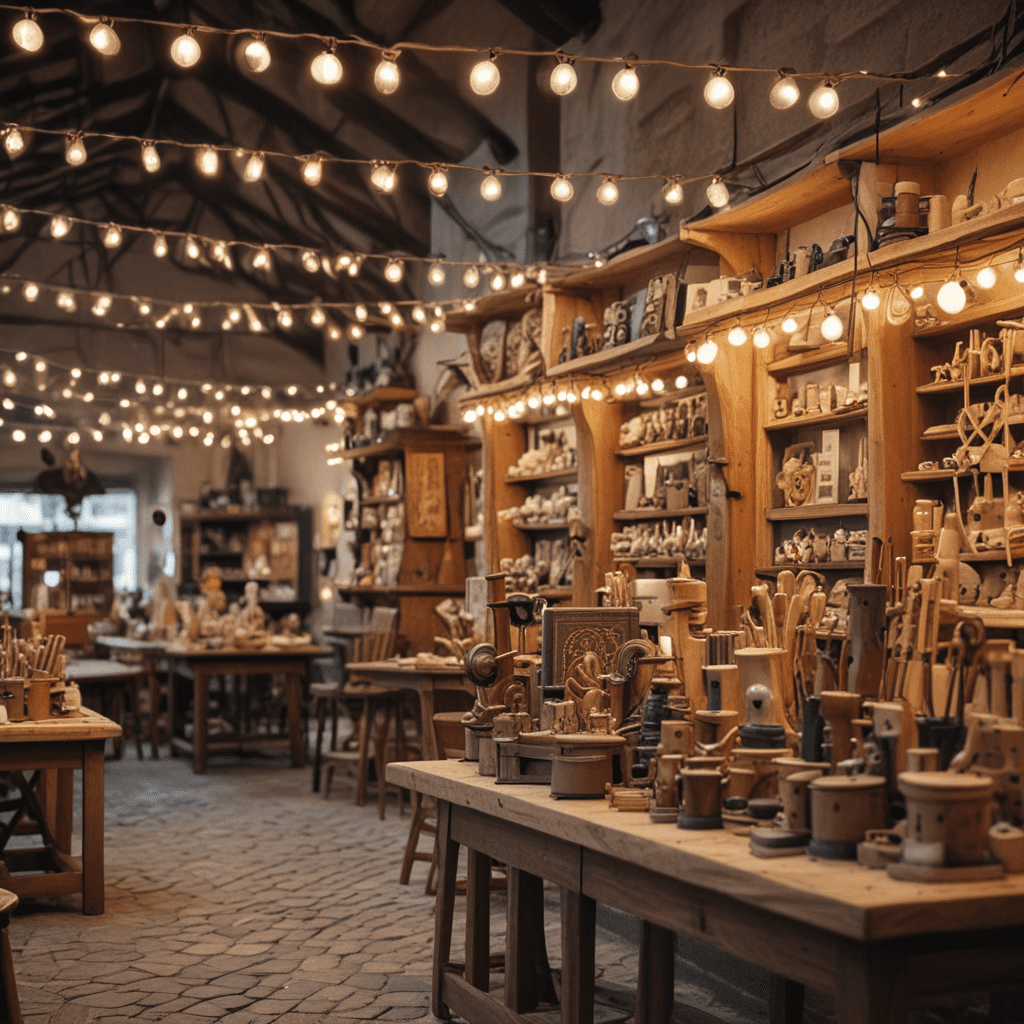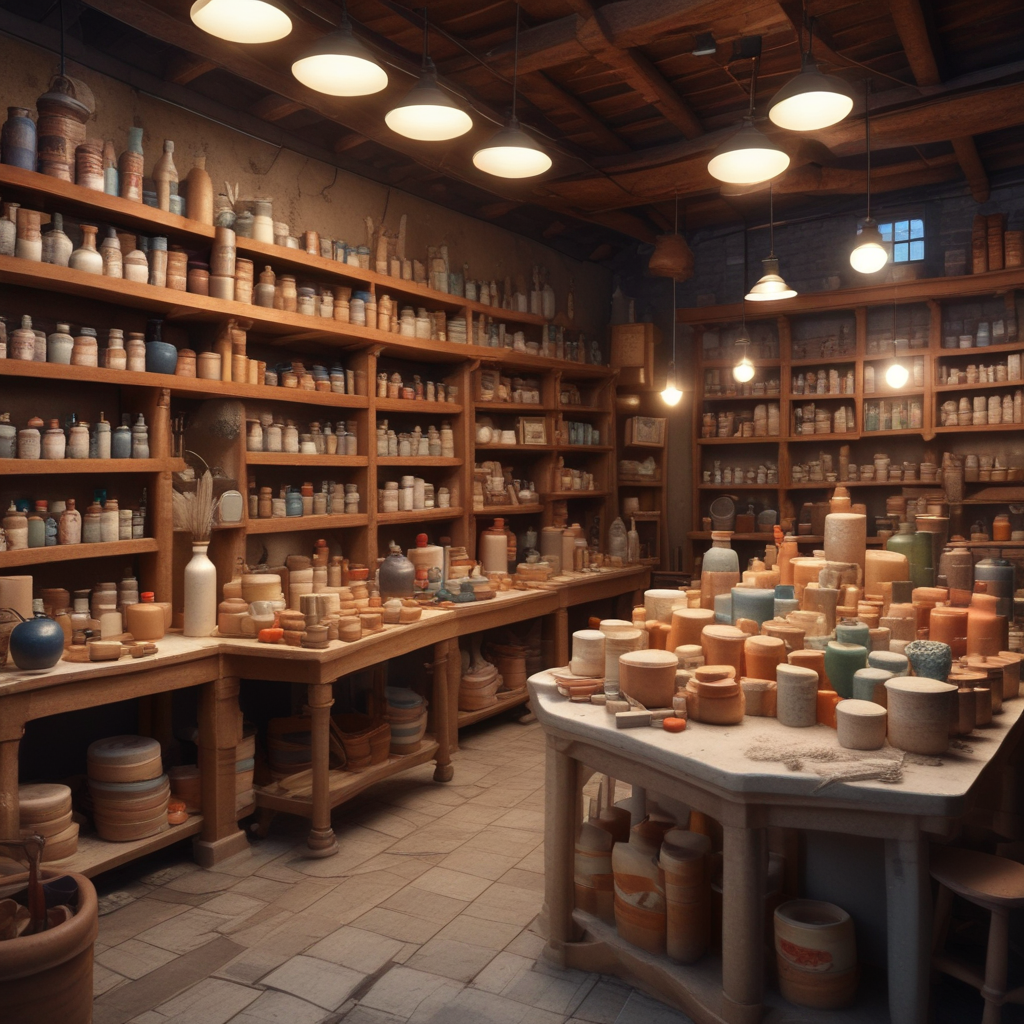
Traditional Crafts and Workshops in Austria
Austria, a nation steeped in history and culture, is renowned for its exquisite traditional crafts that have been passed down through generations. These skills, often originating from the Middle Ages, reflect the region's rich heritage and continue to captivate both locals and visitors alike.
History and Heritage of Austrian Craftsmanship
The origins of Austrian craftsmanship can be traced back to the Middle Ages, when artisan guilds were established to regulate and preserve traditional techniques. Guilds played a crucial role in safeguarding the quality of crafts, ensuring that apprenticeships were completed and that standards were maintained. Over time, these guilds evolved into regional and national associations, fostering the exchange of knowledge and the preservation of traditional practices.
Regional Variations and Specialties
Due to Austria's diverse geographical landscape, different regions have developed unique specialties in crafts. For instance, the mountainous Tyrol region is known for its woodcarving and intricate needlework, while the eastern province of Burgenland has a strong tradition of pottery and ceramics. Vienna, the capital, has long been a hub for fine arts and crafts, including porcelain, glassblowing, and jewelry making.
Woodworking and Furniture Making
Austria has a proud tradition of woodworking and furniture making. Tyrolean woodcarvers are celebrated for their intricate and ornate carvings, often depicting scenes from nature or religion. Traditional Tyrolean furniture is characterized by its sturdy construction and elaborate carvings, showcasing the skill and artistry of local craftsmen.
Textile Crafts: Embroidery, Lace, and Weaving
Textile crafts have a long history in Austria, with embroidery, lace making, and weaving being particularly renowned. Embroidered garments and linens are often decorated with intricate floral and geometric patterns, while lace making techniques such as bobbin lace and needle lace produce delicate and intricate pieces. Traditional Austrian weaving is known for its colorful and patterned fabrics, used for clothing, table linens, and home décor.
Pottery and Ceramics
Austrian pottery and ceramics have a rich history, with regional variations in techniques and styles. The village of Gmunden in Upper Austria is renowned for its distinctive majolica pottery, characterized by its colorful glaze and delicate floral patterns. Other regions, such as Styria and Carinthia, have their own unique approaches to pottery making, utilizing local clays and traditional firing methods.
Metalworking: Forging, Silversmithing, and Copperware
Austria has a long tradition of metalworking, with skilled artisans crafting exquisite pieces in iron, silver, and copper. Forging is a technique used to shape metal by heating and hammering, showcasing the strength and durability of the material. Silversmithing involves the intricate working of silver, often creating decorative and functional objects such as jewelry, tableware, and religious artifacts. Copperware, known for its distinctive reddish hue, is used to produce a range of items, including cookware, decorative pieces, and roofing materials.
Glassblowing and Crystalware
Austria is renowned for its exceptional glassblowing and crystalware production. The traditions of glassmaking in the regions of Tirol and Bohemia have been passed down for centuries, resulting in exquisite pieces of tableware, vases, and decorative objects. Austrian crystalware, known for its clarity and brilliance, is crafted using traditional techniques and is highly sought after by collectors and enthusiasts.
Leatherworking and Bookbinding
Leatherworking is an ancient craft that continues to flourish in Austria. Skilled artisans create a variety of products, including bags, shoes, belts, and saddles, using high-quality leather and traditional techniques. Bookbinding, the art of creating and preserving books, is another highly respected craft, with Austrian bookbinders producing beautiful and durable bindings for both contemporary and historical texts.
Workshops and Learning Opportunities
For those interested in learning more about traditional Austrian crafts, numerous workshops and training opportunities are available. Craft schools, such as the renowned Tyroler Volkskunst- und Handwerkerschule in Innsbruck, offer a range of courses in woodworking, textile crafts, and other traditional skills. Many craftspeople also offer workshops and apprenticeships, providing hands-on experience and invaluable insights into the techniques and traditions of their craft.
FAQs
1. Where can I find traditional Austrian crafts for sale?
Numerous shops, boutiques, and galleries in Austria sell traditional crafts, both in major cities and rural areas.
2. Are there any museums dedicated to Austrian crafts?
Yes, several museums showcase Austrian crafts, including the Museum for Applied Arts (MAK) in Vienna and the Tyrolean Folk Art Museum in Innsbruck.
3. Can I learn traditional Austrian crafts as a tourist?
Yes, many craft schools and workshops offer short-term courses and体験 workshops for tourists, allowing them to experience and learn traditional techniques.

